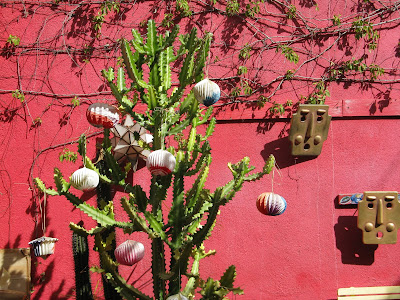 With the passing of trumpeter Freddie Hubbard yesterday, another jazz great departs the scene. Hubbard was a fascinating example of how individuality could function across multiple styles. His early sound stemmed directly from Clifford Brown and Lee Morgan, two of the major figures of hard bop, but his work as leader and as a session musician brought him closer to the divide separating mainstream jazz from the emerging avant-garde. While Hubbard never fully embraced the New Thing on his own records, his roles in landmark free jazz albums of the 1960s cement his reputation as a key player in the avant-garde jazz world.
With the passing of trumpeter Freddie Hubbard yesterday, another jazz great departs the scene. Hubbard was a fascinating example of how individuality could function across multiple styles. His early sound stemmed directly from Clifford Brown and Lee Morgan, two of the major figures of hard bop, but his work as leader and as a session musician brought him closer to the divide separating mainstream jazz from the emerging avant-garde. While Hubbard never fully embraced the New Thing on his own records, his roles in landmark free jazz albums of the 1960s cement his reputation as a key player in the avant-garde jazz world.His early solo albums on Blue Note, especially Hub-Tones from 1962, display an impressive bold tone and an interest in modalism, then in vogue thanks to Miles Davis' earlier Kind of Blue and John Coltrane's ongoing experiments in the field. By the mid-60s, Hubbard had started to explore boogaloo beats and soul-jazz (as evidenced on Atlantic's Backlash, 1966). But it was with his early 1970s albums, especially a series recorded with Creed Taylor, that Hubbard achieved his greatest commercial success. Red Clay (1970) and Straight Life (1970) are strong offerings in the early fusion genre - Hubbard sidesteps the many pitfalls of the style by emphasizing vamps (thanks to sideman Herbie Hancock on an ethereal Fender Rhodes) and traditional soloing rather than middling about in technological overkill. 1971's First Light is often referred to as Hubbard's finest solo moment, but it remains a little too drenched in the hallmark tastefulness that arranger Creed Taylor was (in)famous for at the time. All credit to Hubbard for tackling Paul McCartney's "Uncle Albert/Admiral Halsey," but it portended a growing interest in the pop market. His later Columbia albums of the decade were atrocities, the worst example of fusion vapidness.
In later years, Hubbard suffered from poor health and a severely damaged upper lip, which prevented him from performing much of the time. The heart attack he suffered on Thanksgiving Day of this year led to his death yesterday at the age of 70.
Perhaps ironically, despite the many solo albums in Hubbard's name, I think his true legacy can be found sprinkled among the countless albums he served as a supporting player on, specifically those contributing to the emergence of the avant-garde. It was a testament to Hubbard's skill and his open mindedness that he can be found gracing so many free jazz and experimental albums of the 1960s, despite his reputation as a hard bopper of the classicist variety. He blew up a storm on Ornette Coleman's epochal 1960 Free Jazz, was a featured player on two of John Coltrane's modal masterpieces (Ole Coltrane and Africa / Brass), and served as a major voice in Oliver Nelson's 1961 Blues and the Abstract Truth. He served as a surrogate Miles Davis to two of Davis' sidemen on their finest albums - Herbie Hancock's Maiden Voyage (1965) and Wayne Shorter's Speak No Evil (1964). He smoothly handled the complex compositions of Eric Dolphy on his fantastic swan-song, 1964's Out To Lunch. And he proved his mettle by participating in John Coltrane's ensemble piece, Ascension (1965), still one of free jazz's finest and most overwhelming moments (well, forty moments).
Hubbard was never as comfortable in the free realm as, say, Don Cherry, who was much more technically limited than Hubbard but felt less obliged to follow set rules and chord changes while soloing. There are times during Free Jazz and Ascension when one can hear Hubbard holding back some, unsure of whether to plunge headfirst into the maelstrom. But in a way, that's what I most admired about him, as a player and as a human being - his willingness to experiment and challenge himself, to insert himself into situations in which he was uncomfortable, and to serve as hard bop's ambassador to the world of experimental music. No jazz library is complete without owning several albums on which Freddie Hubbard is featured. The world of jazz is much the lesser without him.



































